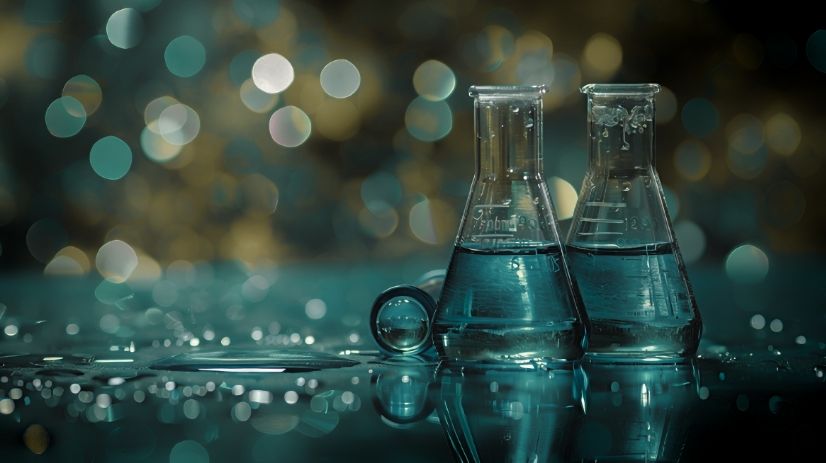-
CAS107-98-2
-
Structural formula
C₄H₁₀O₂
Remove 1-methoxy-2-propanol from the exhaust air
What is 1-methoxy-2-propanol?
1-methoxy-2-propanol, also known as propylene glycol monomethyl ether (PGME), is a colourless, highly flammable liquid. It belongs to the group of glycol ethers and is often used in paints, coatings, cleaning agents and printing inks due to its excellent dissolving properties. PGME is known for its high efficiency and versatility as a solvent and plays an essential role in the chemical industry.
Creation
1-Methoxy-2-propanol is produced industrially by the reaction of propylene glycol with methanol. This process takes place in large-scale chemical plants. It is widely used in the paint and coatings industry as a solvent, in the production of cleaning agents and as a component of printing inks. It is also used as a cleaning agent in the electronics industry.
Discovery
1-Methoxy-2-propanol is a clear, colourless liquid with a mild, ethereal odour. It is soluble in water and has a high volatility. Contact with PGME may cause eye and skin irritation. Inhalation of vapours may cause headaches, dizziness and nausea.
Limit values
In Germany, the limit values for naphtha are regulated by the Technical Instructions on Air Quality Control (TA-Luft) and the occupational exposure limit values (OEL). The OEL for 1-methoxy-2-propanol is 100 ppm (parts per million) or 369 mg/m³. These limit values are intended to ensure that the concentrations in the workplace do not cause any damage to health.
Hazards
Health: 1-Methoxy-2-propanol can cause eye and skin irritation at high exposure levels. Inhalation of the vapours may cause headaches, dizziness and nausea. Long-term exposure may affect the central nervous system and cause respiratory problems. Environment: 1-Methoxy-2-propanol is biodegradable, but may pollute water and soil at high concentrations. It is moderately toxic to aquatic organisms and can disturb the ecological balance. Economic damage: Due to its flammability, there is a risk of fire if handled and stored improperly, which can lead to considerable material damage and loss of production.
The oxytec Purification Technology
For many organic pollutants, we offer energy-saving and clean technologies for neutralisation, which we combine in multi-stage plants. In order to achieve a reduction below the limit values, not only the dimensioning of the respective purification stage but also the sequence of the technologies is decisive, as they have different physical effects on the molecules. Below we present some of our purification modules.
CWA
Alternative technologies
In addition to our solutions, there are other technologies such as conventional activated carbon filters and simple ventilation systems. However, these often have disadvantages such as high energy consumption, limited cleaning performance, large space requirements, long lead times and high investment costs.
Advantages of the oxytec solution
- Compact design: Small footprint compared to traditional systems
- Low operating costs, therefore fast amortisation
- Environmentally friendly: Minimal environmental impact thanks to innovative technologies
- Efficient 1-methoxy-2-propanol reduction: High efficiency thanks to high purification levels with minimal energy consumption
